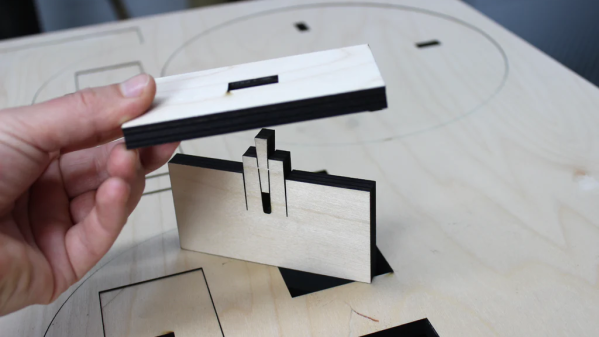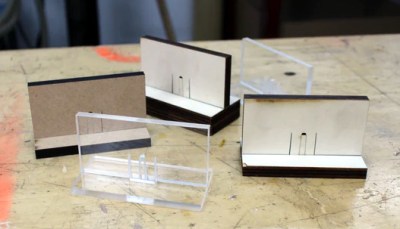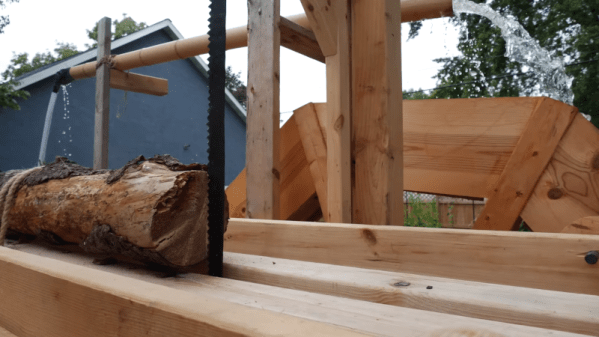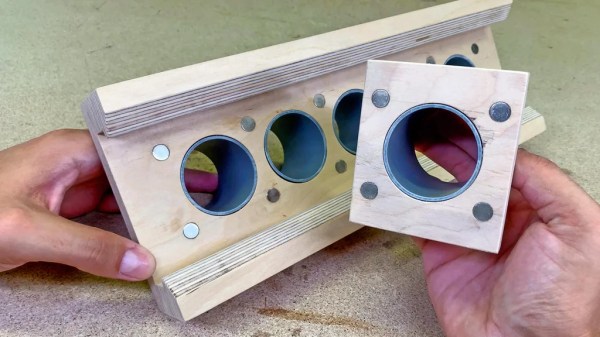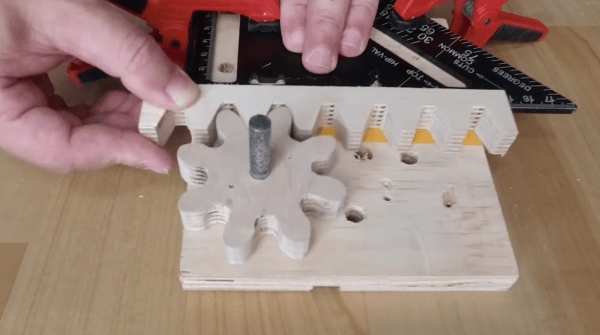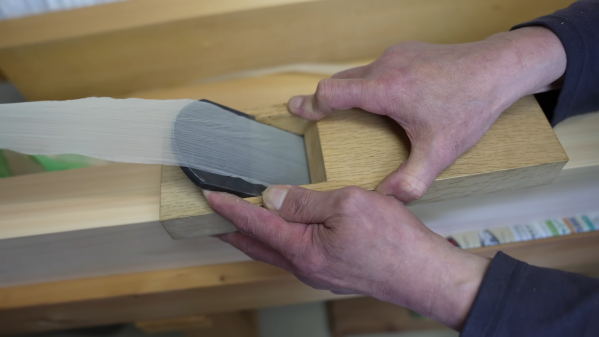Learning to play an instrument takes a certain level of dedication — and you can add another layer of dedication on top of that when it’s an instrument not found at your local Guitar Center. But it’s an entirely new level of dedication when someone crafts the instrument from scratch. If you’re looking for an example, check out this custom wooden zither [Nicolas Bras] built from laser cut parts.
The basic design of the instrument utilizes the sloted interlocking edges that are then glued together in lieu of traditional fasteners. Standard sized guitar tuning pegs and the accompanying steel guitar strings were then strung across two laser-cut bridges held in place by the string tension alone. The project began as way for [Nicolas] to learn the capabilities of his newly acquired laser cutter, but he himself is no amateur when it comes to constructing one-of-a-kind musical instruments. Just last year, he created a zither with bungee cords from the hardware store.
Zithers are German in origin, though some of the earliest zither-like instruments date back to 400 BCE China. The laser cut version [Nicolas] created had five strings to hammer on, though the type used in classical music arrangements typically contain upwards of thirty strings. The zither family of instruments may have given way to the electric guitars of today — it’s always neat to see new tech leveraged to embrace some old world charm.
For more on the art of DIY music production, check out this post on myriad of DIY musical instrument builds all played in concert.
Continue reading “Laser Cut Zither Instrument Kicks It Old World Style”


